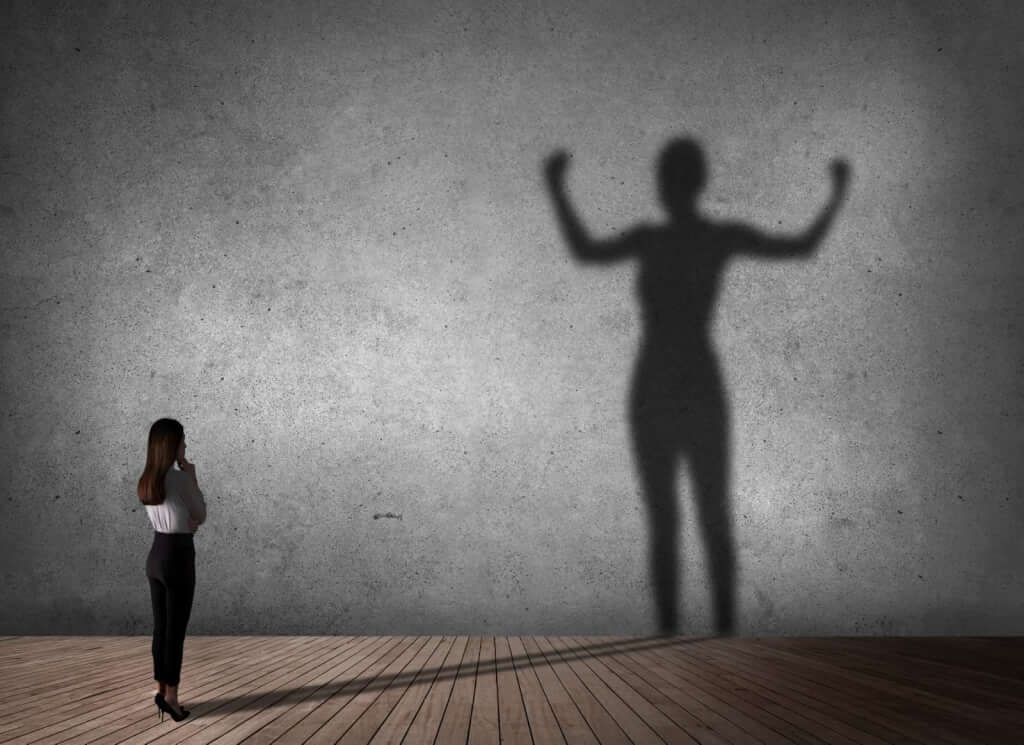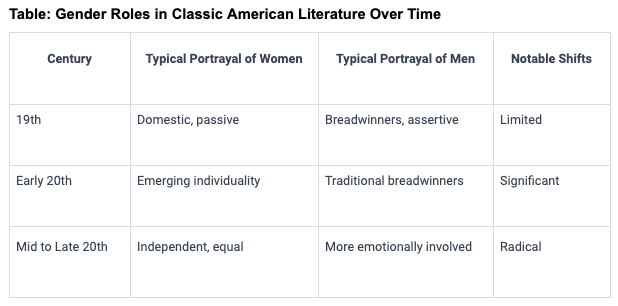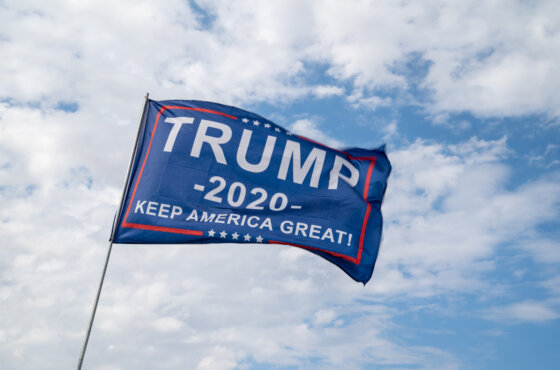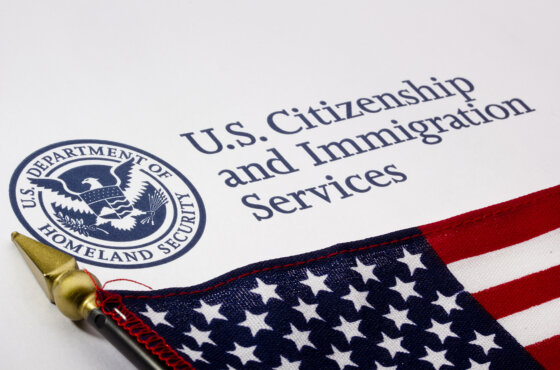Transforming Gender Norms in Marriage through Classic American Literature

Classic American literature has long served as a reflective mirror, capturing and often challenging the societal norms of its era. Among the myriad themes it explores, the dynamics of marriage and the evolving gender roles within it have been pivotal, offering profound insights into societal expectations. This article aims to delve into the transformative role classic American literature has played in reshaping gender norms within marriage, highlighting the journey from traditional to more progressive viewpoints.

Photo: IStock
The Influence of Narratives in Molding Perceptions
Narratives wield substantial influence in shaping societal ethos and values. Classic American literary compositions, diverse in theme and style, often converge in their dissection of matrimony and gender roles. Spanning from idyllic depictions in the 19th century to avant-garde notions in the 20th, these narratives have been pivotal in redefining and challenging conventional matrimonial and gender ideologies. They serve as portals into the evolving societal perceptions and anticipations regarding the roles of spouses within the conjugal bond.
Unwrapping «The Story of an Hour»
Kate Chopin’s «The Story of an Hour» is a key work in understanding gender roles in marriage, offering a critical view on the subject. Widely discussed in literature, this short story highlights the complex and often hidden aspects of marriage and selfhood at a time when women were mostly limited to household roles. Through unwrapping «The Story of an Hour» essays, readers can delve deeper into the narrative’s examination of conventional dynamics in marriage, particularly focusing on the theme of liberation and the often-overlooked inner lives of women. The story serves as a powerful reminder of the struggles and desire for freedom common among women of that time, providing useful free essay examples for students and enthusiasts.
Marriage in 19th-Century Literature
The 19th century typically framed matrimony within stringent boundaries, with explicit gender roles. Women were often portrayed as subservient, acquiescent, and chiefly involved in household tasks, while men were depicted as assertive providers and decision-makers. This representation was not just a reflection of societal norms but also a medium for their perpetuation, as these literary works had extensive influence on public sentiment. The literature of this era vividly demonstrates the societal expectations and constraints imposed on women within the marital institution. Further insights into gender roles in 19th-century literature are detailed by the Library of Congress in their comprehensive collection.
Breaking Barriers in the 20th Century
The dawn of the 20th century heralded a transformative era in the literary depiction of matrimony. Writers commenced portraying women not merely as counterparts relegated to domestic spheres, but as entities possessing their own aspirations, yearnings, and distinct identities. This shift represented a crucial evolution in the narrative landscape, reflecting broader societal changes in the perception of gender roles within marriage. This transformation in literary narratives mirrored the changing attitudes in society towards gender roles. Literature became a medium through which the notions of equality and individuality within marriage were explored and advocated, playing a part in the broader movement towards gender equality. The American Psychological Association provides a notable study on changing gender roles, contributing to this discourse.


Photo: IStock
Impact of Feminist Literature
The emergence and rise of feminist literature further accelerated the transformation of gender norms in marriage. Influential authors like Virginia Woolf and Sylvia Plath used their narratives as platforms to question, critique, and dismantle established norms. Their writings advocated for gender equality, autonomy, and the recognition of individual identity within the marital relationship. These works were not only significant in the literary world but also had a profound impact on societal views, contributing to the ongoing dialogue and movement towards greater gender equality in marriage.

Conclusion
Through its nuanced portrayal of marriage and gender roles, classic American literature has played a pivotal role in transforming societal norms. By reflecting and challenging traditional expectations, these literary works have been instrumental in fostering a deeper understanding and evolving the dialogue about gender roles and equality in marriage. They stand not only as artistic achievements but also as catalysts for social change and understanding.

Читайте также на ForumDaily:
How to Deal with an Underwater Mortgage Without Defaulting
Online Shopping Scams: Tips for Safe and Secure E-commerce Transactions
Подписывайтесь на ForumDaily в Google NewsХотите больше важных и интересных новостей о жизни в США и иммиграции в Америку? — Поддержите нас донатом! А еще подписывайтесь на нашу страницу в Facebook. Выбирайте опцию «Приоритет в показе» — и читайте нас первыми. Кроме того, не забудьте оформить подписку на наш канал в Telegram и в Instagram— там много интересного. И присоединяйтесь к тысячам читателей ForumDaily New York — там вас ждет масса интересной и позитивной информации о жизни в мегаполисе.
















